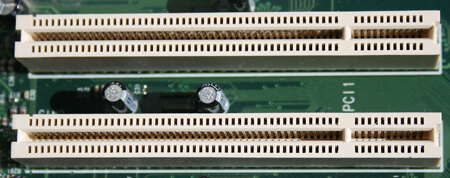The Drawbacks and Benefits of Continuous Furnace Brazing
The Drawbacks and Benefits of Continuous Furnace Brazing
Heat treatments for material can be performed with different types of heating equipment. The most popular types of heating system equipment for brazing are usually:
Torches ( machine and handheld ).
Vacuum furnaces.
Ongoing furnaces.

Of these types of gear, the latter offers almost all versatility, as it can handle the majority of production requirements. There are, however, some instances where constant furnaces are not the best home heating equipment for brazing. To put their usefulness in circumstance, below is a list of their particular basic benefits and drawbacks:
Ideal for Standard Heating
The furnaces are ideal for heating metal that distorts easily under localized heat. Instead of being heated in the vicinity of its joints, the actual assembly is heated in the entirety, preventing distortion that can compromise the strength and appearance of the finished product.
Can be also Small for Large Assemblies
Some assemblies are too big to fit inside the furnaces. In such instances, an acetylene torch instead is used. Although the door size of heating equipment can be a legitimate concern for large assemblies, instances where assemblies are too large to fit through the door of the largest equipment are rather rare.
Can make Controlled Atmospheres
The furnaces can be outfitted with layout elements (e. g. curtain boxes and directional flow control valves) that cause a controlled heating atmosphere-a dependence on brazing stainless steel. By protecting an atmosphere of nitrogen, hydrogen, or a mixture of both the, the chromium can be prevented by them in the metal from oxidizing under heat.
Ideal for Large Production Runs
Continuous furnace brazing involves the constant movement involving assemblies through the heating slot provided on a conveyor belt. This kind of operation makes it possible to complete large volumes of assemblies inside a short period of time. In comparison, the vacuum pressure furnace requires assemblies to sit stationary in the warming chamber.
Not Suitable for all Assembly Requirements
If an assembly has an extremely low tolerance for oxidization, a vacuum model may be preferred over a continuous model. This is because the former applies vacuum pressure to the heating chamber that will remove all gases, in contrast to the latter, uses special design elements to “control” the atmosphere in the slot provided.
The known level of oxidation prevention is superior in each case, but a vacuum furnace is considered the best choice for assemblies that require the most assurance against the formation of an oxide coating between the filler metal as well as base metal (e. g. assemblies for aerospace products that will endure heavy g-forces).
Ideal for Timely Production Goes
As mentioned above, the furnaces can make a large number of assemblies in a short while of time. In addition to making them valuable for large production runs, they are made by this capability ideal for producing a production run of any size on short notice.
We hope that this article. “The Drawbacks and Benefits of Continuous Furnace Brazing.” Would be helpful for you.


